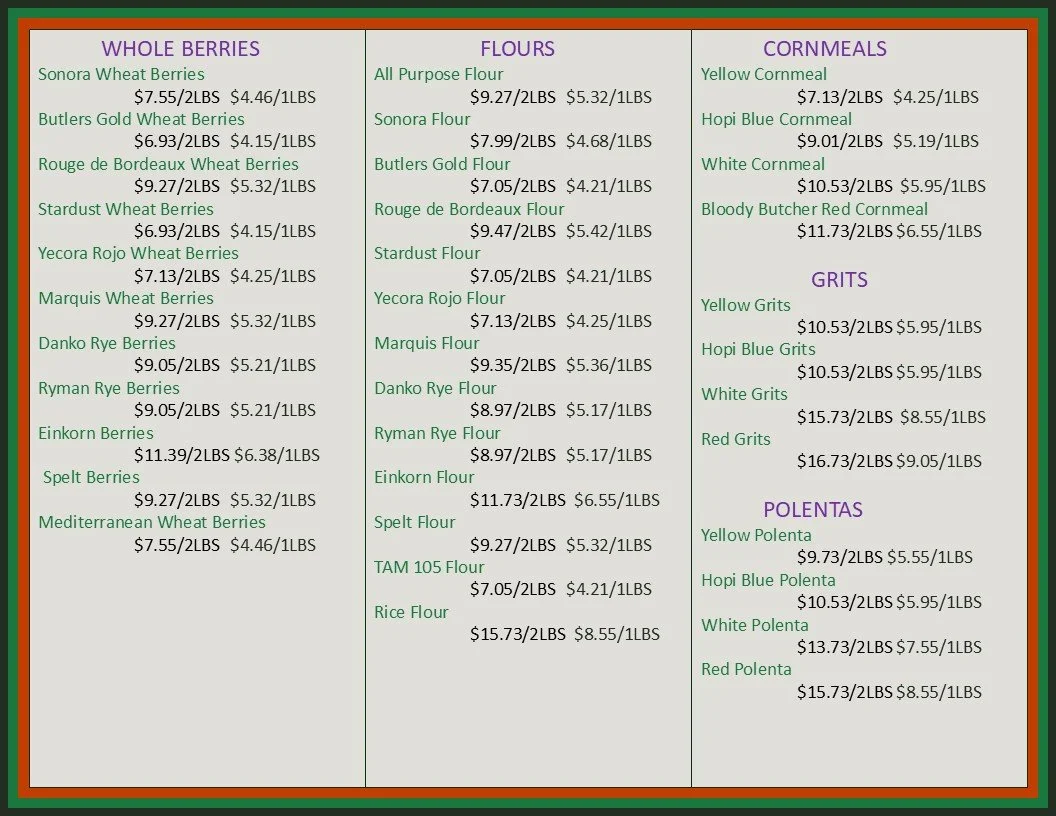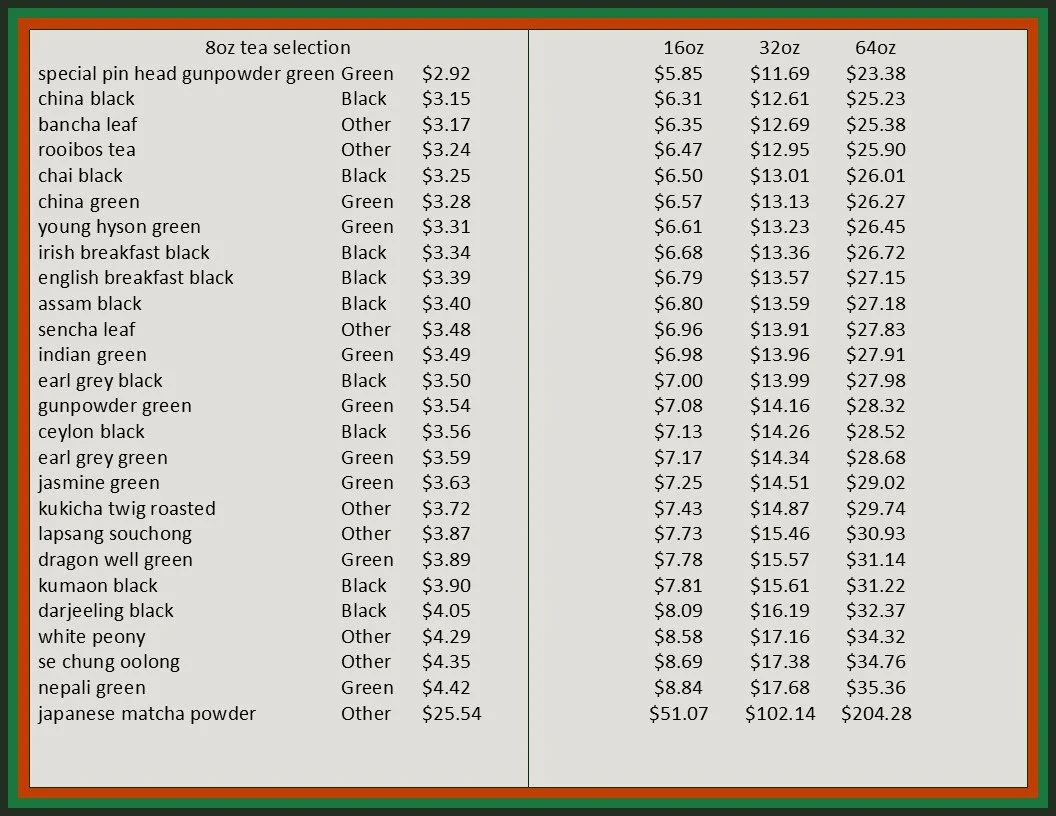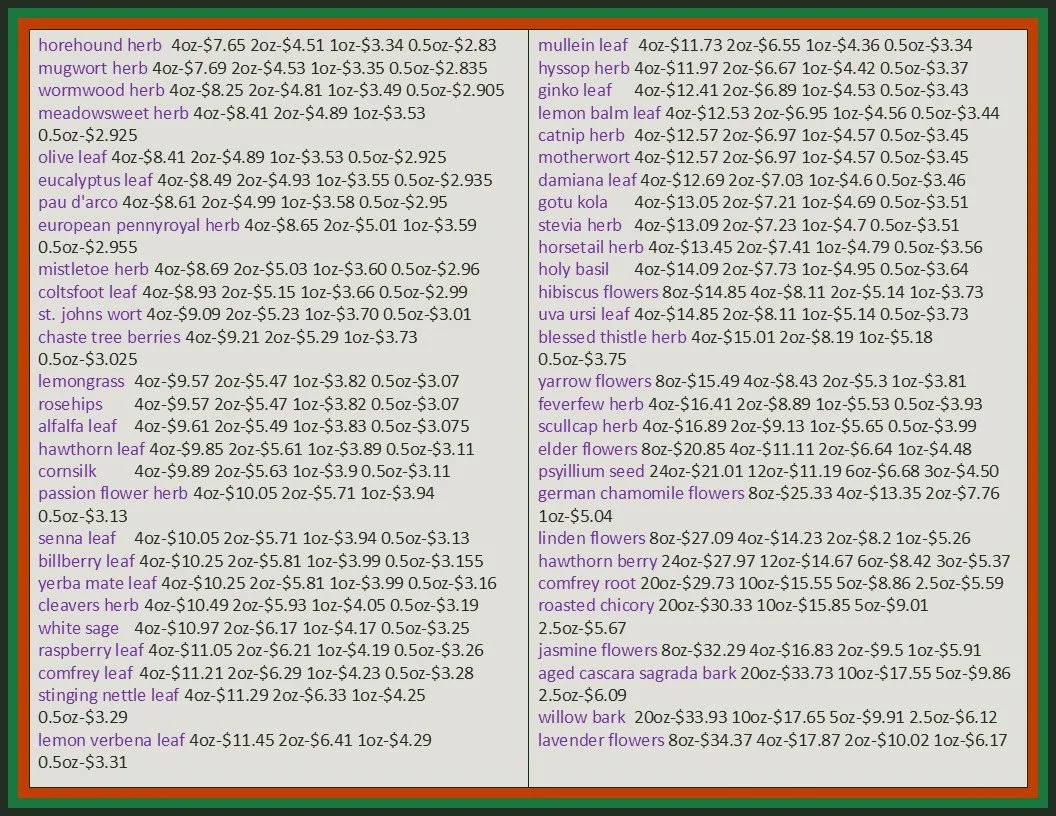Allspice is used in both sweet and savory dishes, with its flavor resembling a combination of cinnamon, nutmeg, cloves, and pepper. It can be used in baking, marinades, stews, and pickling, and is a key component of spice blends like Jamaican jerk seasoning and pumpkin pie spice. Allspice also has traditional medicinal uses for digestive issues and pain relief.
Culinary uses
Baking:
Add ground allspice to cakes, cookies, and pies, or use whole berries to infuse mulled wine and cider.
Savory dishes:
Use ground allspice in rubs, marinades, and spice blends for meats like chicken, pork, and lamb.
Stews and roasts:
Its warm flavor is excellent for slow-cooked dishes like stews, roasts, and chili.
Pickling:
Whole allspice berries are a classic addition to pickling brines for vegetables and fish.
Spice blends:
It is a core ingredient in blends such as Jamaican jerk seasoning and pumpkin pie spice.
Vegetables:
Pairs well with naturally sweet vegetables like squash, pumpkin, beets, and carrots.
Beverages:
Use whole berries to add warmth to hot drinks like mulled wine or cider.
Other uses
Cosmetics: Its essential oil is used in perfumery and candle making.
Home remedies: Traditionally used to help with indigestion, colds, and pain.
How to use
For savory dishes, use whole berries for slow-release flavor in marinades or stews, or use ground allspice for a more direct taste.
In sweet dishes, ground allspice is typically used.
A recipe calling for a certain amount of ground allspice can often be substituted with whole berries. Generally, six whole allspice berries are roughly equivalent to 1/4 to 1/2 teaspoon of ground allspice.










